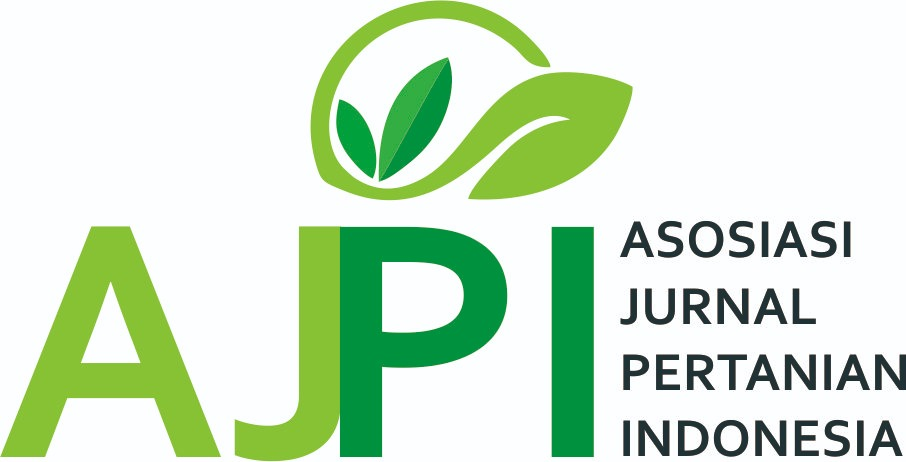POTENSI KULIT KOPI SEBAGAI BAHAN BAKU PUPUK KOMPOS DI PROPINSI BENGKULU
Abstract
The experimen of Coffee For Skin Potential Raw Material Compost in Bengkulu Province was conducted from March to June 2010 in the laboratory greenhouse BPTP Bengkulu. The purpose of this study are 1) Testing coffee leather waste into compost in an effort to preserve the environment, 2) Determine the potential of waste as raw material for leather coffee fertilizer in Bengkulu Province. In the manufacture of compost using a completely randomized design (CRD) with 6 treatments and 3 replications. The treatments were: a) 70% waste + 20% KDP coffee cage + 10% rice bran + EM4 + sugar, b) 80% waste + 10% KDP coffee cage + 10% rice bran + EM4 + sugar, c) 80% waste coffee + 20% KDP cage + EM4 + sugar, d) 80% + 20% of coffee waste Manure + EM4, e) 80% waste + 10% KDP coffee cage + 10% rice bran, f) 80% waste + 20 copies % KDP cage. As for seeing the potential of coffee leather waste by gathering primary and secondary data related to commodities which includes the area planted with coffee and productivity in every district in Bengkulu province. The data collected is the percentage of skin waste of coffee per 100 g, area planted with coffee every district, the content of N, P, K and C organic. The research shows that compost with time for 4 weeks has given the maturity of fertilizer as indicated by the value of C / N between 9.75 to 15.99. The composition of 80% waste + 10% coffee hull Manure + 10% rice bran provides the best compost. Compost made from leather wastes contain nutrients coffee in accordance with ISO standards 19-7030-2004 about compost quality standards. Dried coffee fruit harvest yield 51.2% milled coffee leather waste with a potential of 30,222 tons / year. equivalent to 738.323 tons N / yr. This is identical to substitute with an equal amount of urea (46% N) of 339.628 tons / year. equivalent to 86.434 tons P205/th. This is identical to substitute with an equal value superphos (SP-36) amounted to 31.116 tons / yr, equivalent to 876.438 kg K2O/th or identical substitute KCl (60%) amounted to 525.862tons/year.Keywords : coffee leather waste, compost, potential
Downloads
Author retains the copyright and grants the journal the right of first publication of the work simultaneously licensed under the Creative Commons Attribution-ShareAlike 4.0 License that allows others to share the work with an acknowledgement of the work's authorship and initial publication in this journal













